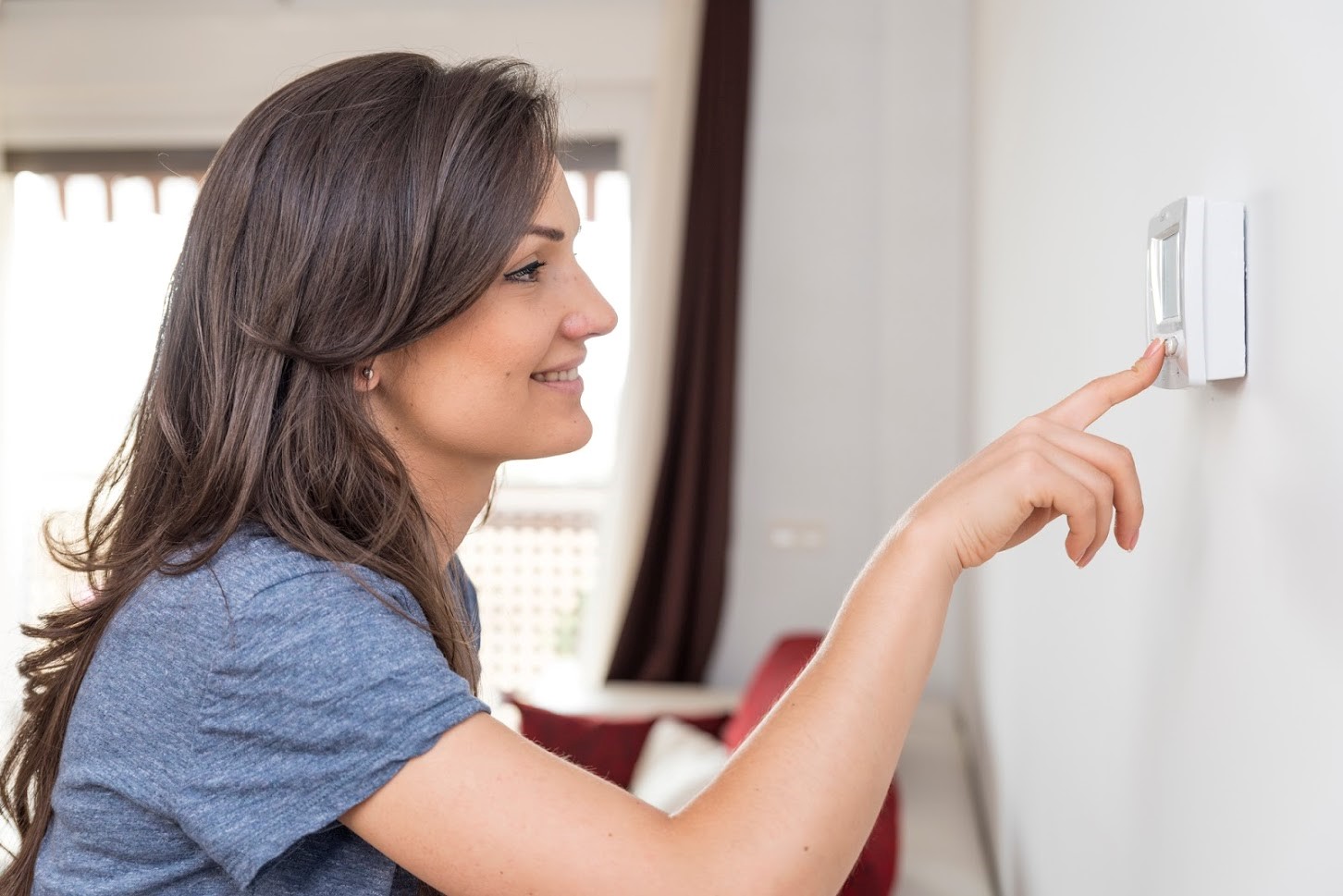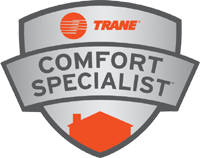Debunking 4 Common HVAC Energy Efficiency Myths

December 03, 2020
Your HVAC system is usually the biggest source of energy use in your home, so HVAC energy efficiency is a hot topic among contractors and homeowners. Unfortunately, energy efficiency is a complex subject, and several common misconceptions exist about the topic that can cause you to pay more for heating and cooling than you have to. Debunk four of the most common energy efficiency myths.
1. Closing Vents and Doors Saves Energy
To most homeowners, the idea of closing off certain rooms to avoid heating or cooling them seems like a commonsense way to save energy. Unfortunately, this is not how a central HVAC system is designed to operate. Your system will always try to circulate the same volume of air throughout your home, and closing off rooms increases air pressure and forces your blower motor to work harder.
To prevent lost energy from air pressure imbalance, leave all of your interior doors open when you run your furnace or air conditioner. Likewise, you should check your vent registers regularly to ensure they aren't closed or blocked by furniture. This will reduce the strain on your blower motor and prevent it from using more energy than it has to.
2. Setting Your Thermostat Higher Heats Faster
You might naturally be in a hurry for your furnace to do its job when you return home on a cold day. Many homeowners will try to turn their thermostat up higher than they normally would to encourage their furnace to heat faster. Unfortunately, this doesn't work and will only cause your furnace to run longer until it reaches the set temperature.
The same is true for setting your thermostat to a lower temperature in hopes that your air conditioner will cool faster. In every case, the best way to use your thermostat is to set it to your desired temperature. Your HVAC system won't run longer than necessary to make you comfortable, and its energy efficiency will improve.
3. Installing Your Thermostat Is Possible Anywhere
Many homeowners aren't aware that HVAC thermostats measure the temperature of the air directly around them to determine when the system should run. Because of this, the location of your thermostat is extremely important to run your furnace and air conditioner only when they're needed. Your thermostat should be somewhere that reflects the average temperature of your home as closely as possible.
Problems to look out for that can throw off your thermostat reading include direct sunlight, drafts from nearby doors and windows, and vent registers or heat-generating appliances that are too close. The thermostat should be on a relatively shielded interior wall as close to the center of your home as possible.
4. Losing Energy Is Mostly Due to Drafts
Conditioned air lost outside is definitely one cause behind reduced energy efficiency. The same is true of unconditioned air that leaks inside without circulating through your HVAC system. However, drafts that cause air leakage aren't the leading cause of energy loss as many homeowners would inspect.
According to Energy Star, the average home loses 20 to 30 percent of the air in its ducts due to leaks. Leaky ducts are problematic because they allow conditioned air to escape into parts of your home where it isn't needed, such as behind your walls.
No one wants to pay more than they have to to keep their home comfortable. Being able to tell fact from myth is essential to get on the right track to improving your home's efficiency. Keep these tips in mind, and contact us at Service 1 Plumbing, Heating & A/C, Inc., for all your HVAC needs.




